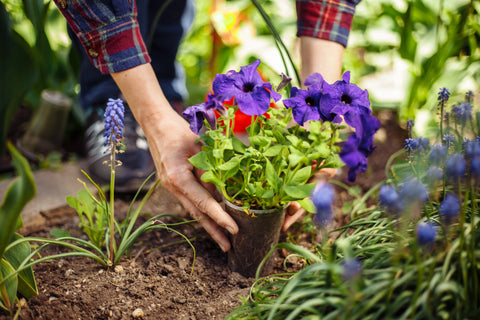It is the ideal time to wrap up the gardening season on a winning note as the weather begins to cool down as autumn starts. So you can work on all the plants in your space and prepare for winter. Important fall outdoor tasks on your list of things to do should include permanent plantings such as trees, shrubs, and perennials a little care, cleaning up your veggie garden, and winterizing your lawn. It will be a little less work now if you have more springtime to plant vegetables and colorful blooms. Use these fall gardening tips and checklists to tackle a couple of tasks a day, and you'll be ready for winter in no time. Then you can spend time poring over seed catalogs while dreaming up next year's garden plans.
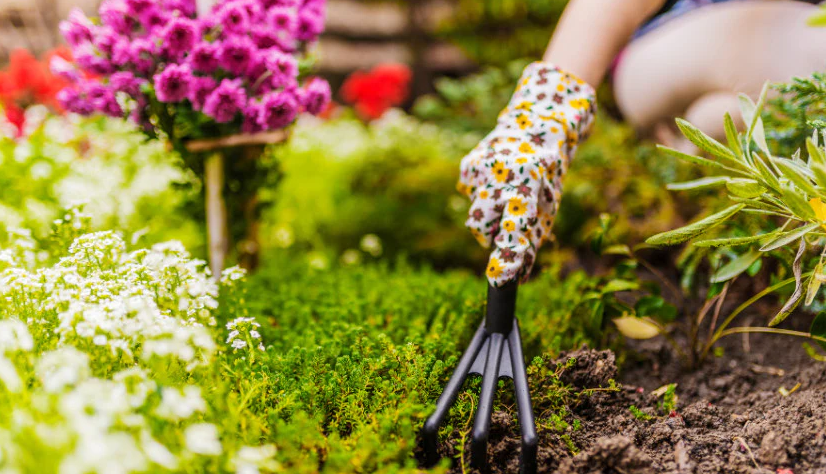
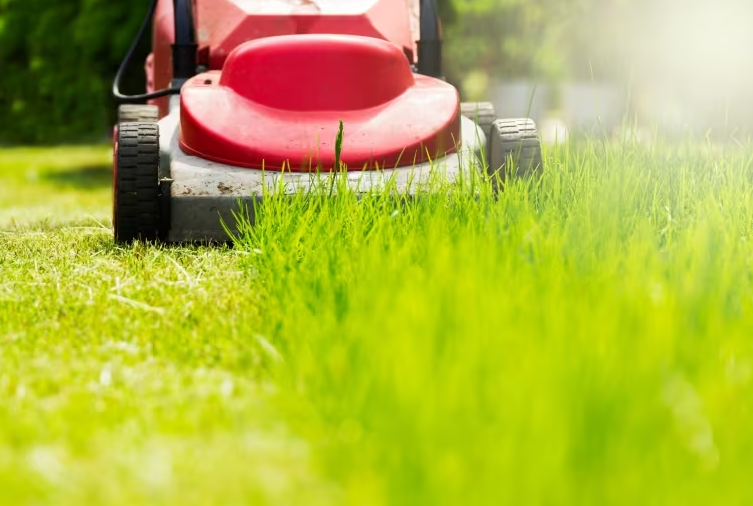
1. Get Your Lawn Ready for Winter
Autumn is the time when lawn care needs clean-up and encouraging growth. While the weather may be cooling off, it's also an appropriate time to help your grass recover from being trampled in all those great backyard games of catch or bocce ball this summer. So pave your way to lush, healthy grass next spring with these fall gardening tips. If you are curious about why is your plant dropping leaves? Then read our blog for more info.
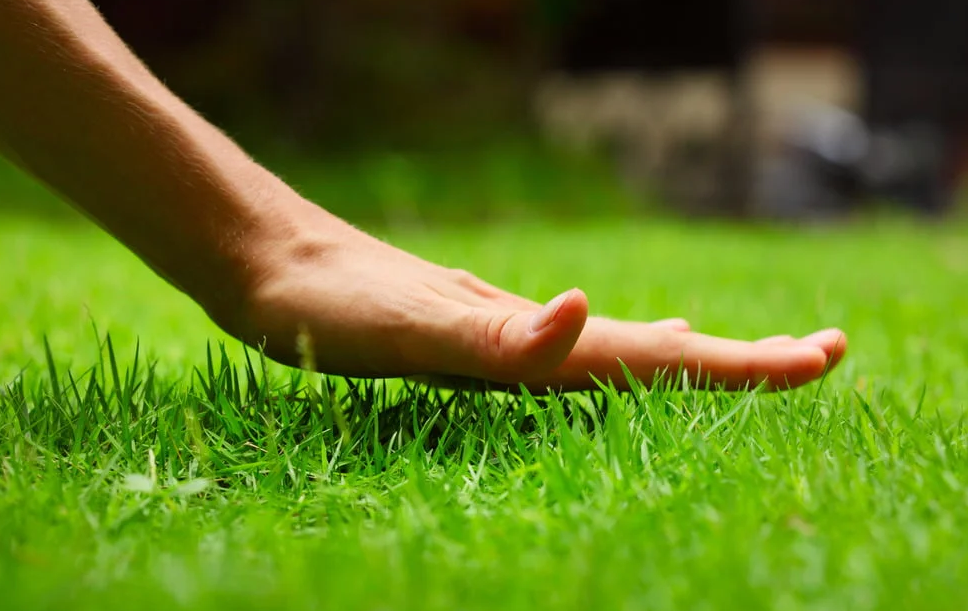
2. Take Care Of Turf Grass
Turf grass does not like to have thick layers of leaves, so rake off what you can. If you're not raking leaves, and that's acceptable since you don't have a lot to begin with, at least mow over them. Chop them into smaller pieces that will add nutrients to the soil when they decompose. We have some Pruning Tips for you so prune like an expert! Cool temperatures combined with late fall rain make for ideal conditions to establish new lawns or repairs in most regions. Plan on aerating high-traffic areas annually to loosen compacted soil; otherwise, every 2-3 years will be enough. Most lawn weeds have prolific seedings as the temperatures cool off in fall. Keeping your lawn taller will promote additional root growth, which helps grass survive winter better. You can plant ornamental grasses too for some privacy.
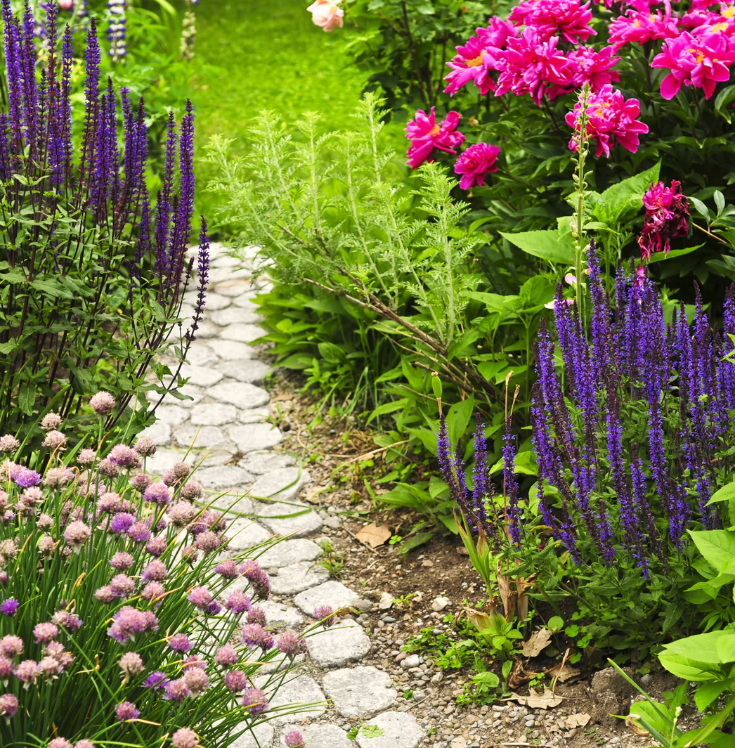
3. Prep the Perennial Garden
Perennials are garden workhorses. After a long growing season, they're ready for a winter rest. Stop deadheading in early fall and leave the above-ground parts standing even after frost kills them. They will continue to supply food and shelter to wildlife. Songbirds will enjoy the seed buffet, and many pollinators like native bees overwinter in standing stems and brush. Autumn is a good time to remove as many of the weeds in your perennial garden as possible so that there will be fewer of them to deal with next spring.
As soon as the ground freezes, spread bark mulch 4 to 5 inches deep over the crown of perennials planted this growing year and those frost-tender in your area. Fall is also a good time to plant spring-blooming bulbs, including tulips and daffodils. Remove or destroy any diseased or infested plants to limit problems for the next growing season. Perennials may be shutting down for the winter, but the roots keep growing well throughout the fall until the ground freezes. Water weekly if the weather is dry so healthy plants can better survive winter stresses. Before planting new plants check the Hardiness Zone Map.
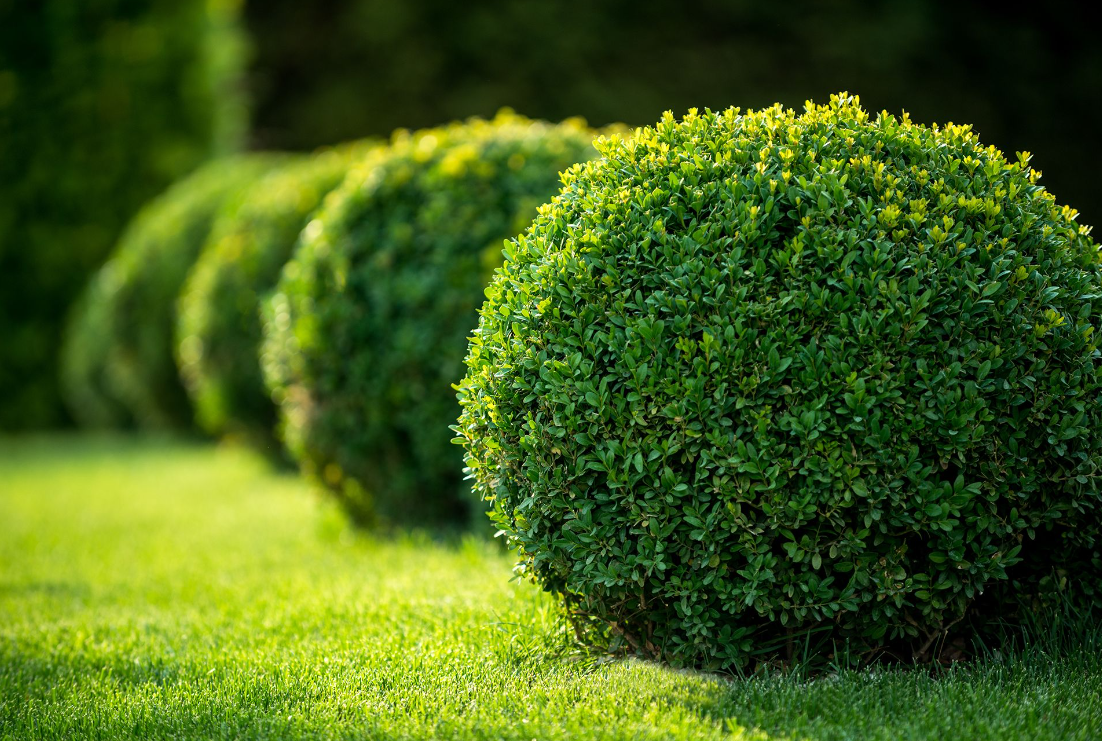
4. Care for Trees and Shrubs
Did you know that fall is the ideal time to plant trees and shrubs? It is the season you should start that new hedge or buy a new shade tree in your yard, as the heat from summer will stay in the soil sufficiently for the roots to grow a bit before winter. Add deciduous trees and shrubs until about a month before the ground usually freezes. Fall is also a suitable planting time for evergreen species, though they typically thrive when planted in the spring.
Water newly planted trees, shrubs, and existing plants well during the fall to help them better tolerate harsh winter conditions. Mulch around the trees and shrubs with a fresh layer of wood chips or shredded leaves. Protect roots from winter temperatures, but not touching any trunks or upper parts of the branches, to avoid rotting and diseases. Cut after August, as new tender growth develops, and these easily get damaged during winter.
Prune only when the deciduous species have shed off their leaves. Younger trees and shrubs may need some protection against deer rubbing antlers on trunks and sun damage on their thinner bark. A tree wrap or guard applied in the fall will avoid these problems. You can also buy some Low-Maintenance Outdoor Plants.
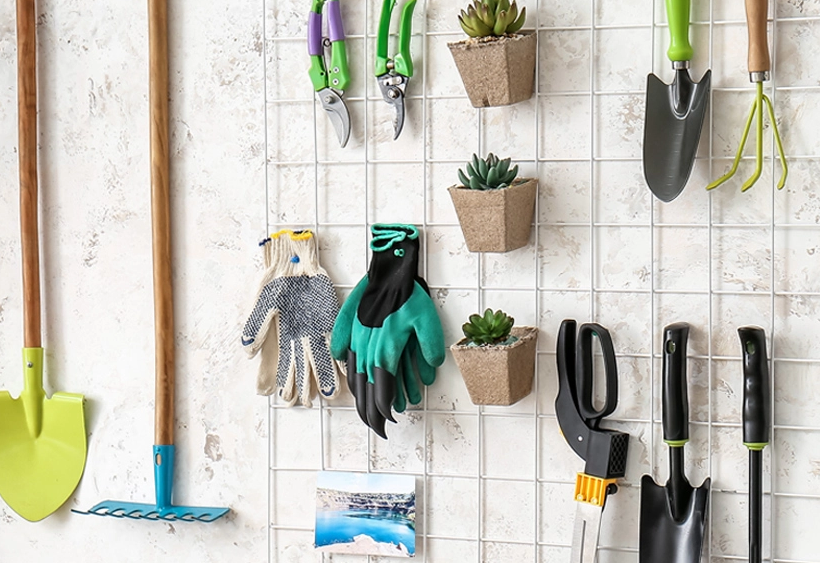
5. Organize Your Tools And Gardening Gear
As the growing season winds down, don't forget to prep your garden tools for the winter. Cleaned and refreshed, your favorite garden helpers will be ready when you come spring. Remove dirt from hand tools, and place the metal ends of garden trowels, weeders, and other tools in a bucket of sand laced with vegetable oil. Pruners, loppers, shovels, and spades are apt to grow dull from use; sharpen them and apply vegetable oil to prevent rust; don't forget mower blades.
Before the freeze sets in, drain all water from your garden hoses and irrigation tubes. Dry the gas lines of your mowers, weed whackers, and tillers, and change the oil if needed, before laying them up in dry, covered spaces for the winter. Hoses and all other spraying equipment: drain, hose off with soap and water, inside and out, and let air dry before storing. If you have residual chemicals, put them away in a safe spot where they won't freeze. If you are a plant parent moving with houseplants then make sure you pack your tools and gardening equipment separately before moving.
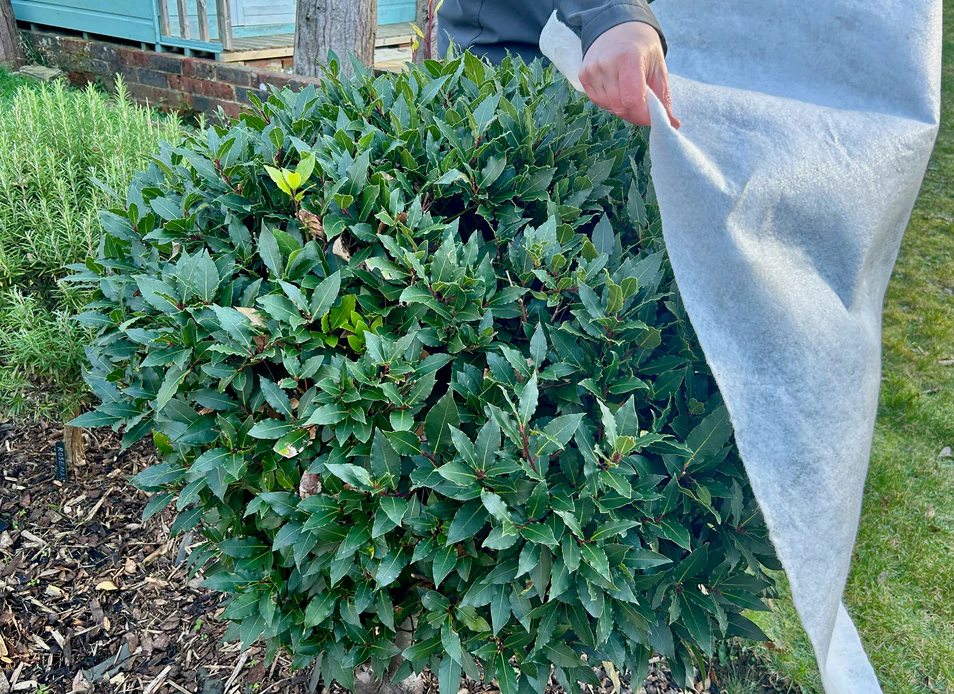
6. Provide Frost Protection
Even if winter temperatures go well below freezing, some fall preparation will help protect plants. Wrap burlap, old blankets, or bubble wrap around pots and containers to keep the root systems inside warm. A layer of mulch keeps the soil warm (and the plants below) helping prevent a deep freeze. Of course, different types of mulch produce more heat than others.
For example, air pockets in wood chip mulch retain much more heat than, say, leaf litter or straw. Where the soil needs a boost, mulching with a layer of wood chips can keep those worms beneath even warmer so that they have something to work on throughout the winter. Mulch carefully though. Other parts of the garden might be too hot with too much warming going on. Piling wood chips around the base of trees can encourage fungus and make the trunk and shallow roots too hot. Eureka Farms has the Best Winter Care Tips for the House Plants for plant parents.
How to Buy Plants From Eureka Farms?
You are now licensed for a full-scale nursery with an extensive inventory of landscaping trees, fruit trees, palm trees, and the largest houseplant collection. If you want to enhance your curb appeal or turn your porch into a class act, Eureka Farms can guide you on how to do it all, from topiary trees and hedges to everything in between. You can rest assured that we will handle the shipment with the utmost care across the country so that when your plants reach you, they will be as fresh as new. These indoor plants require less upkeep, improve home air cleanliness, brighten moods, and provide essential touches of the natural world to the work-from-home office. Happy Planting!


